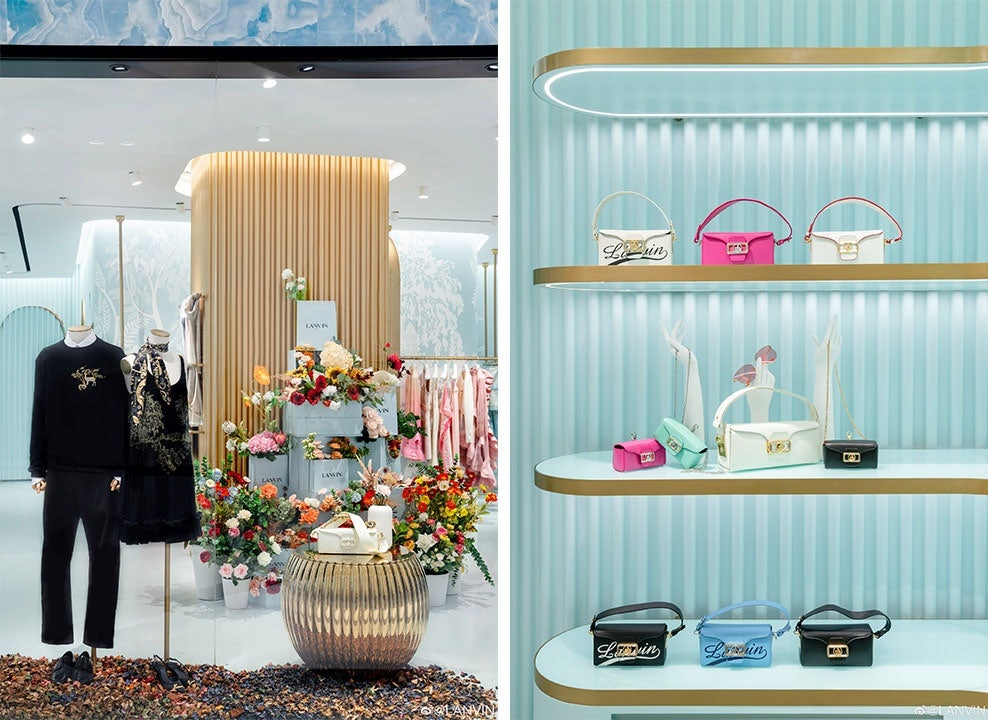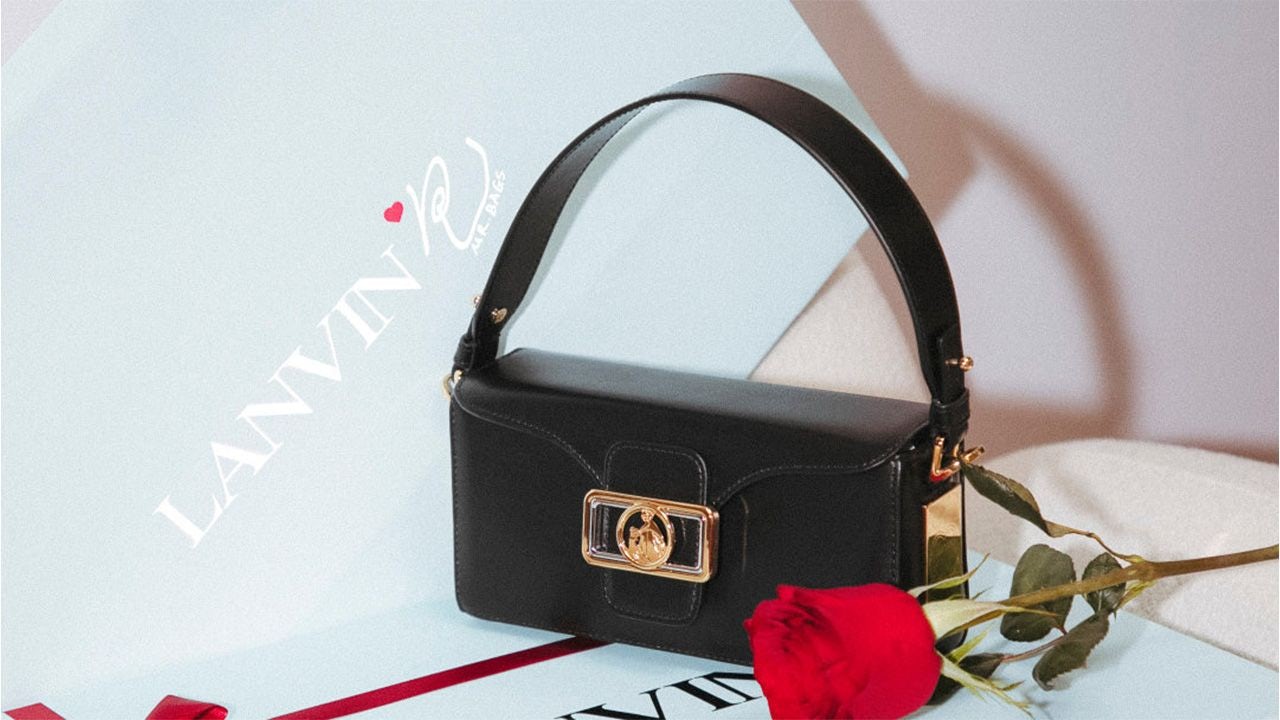What happened
Lanvin Group is gearing up for its next phase of global expansion: a New York Stock Exchange listing. On December 9, the Fosun International-owned company is set to vote on a deal to merge with a special purpose acquisition company (SPAC) set up by Primavera Capital, which, if approved by shareholders, could pave the way for the group which owns luxury fashion labels Lanvin, Wolford, Sergio Rossi, Caruso, and St. John Knits to go public by the end of the year.
Since the deal was first proposed in March, Lanvin Group has adjusted its pre-money equity valuation from 1.25 billion to 1 billion to take into account fluctuations in the currency and the stock market environment, as well as the performance of currently listed luxury companies. “Our outlook for the business remains unchanged and we believe the adjusted valuation establishes a highly compelling entry point for investors as we continue to capture untapped growth opportunities across the world,” stated CEO Joann Cheng.
The Jing Take
The move follows a strong rebound from the Shanghai-based group, previously known as Fosun Fashion Group. In the first half of 2022, revenue grew 73 percent year-on-year to 202 million (1.4 billion RMB), representing one of the highest growth rates in the global luxury industry, according to the firm. The strong performance was driven by Europe and North America, the home markets of its five portfolio brands. Meanwhile, sales in China managed to grow 32 percent year-over-year despite lockdowns — positive growth, though sluggish when compared to the 194 percent surge from the rest of Asia.
Even with these results, overseas expansion is not without its challenges. For one, Lanvin Group continues to report losses and expects to achieve profitability by 2024. It doesn’t help that its parent company has its own financial issues, using debt to fuel its initial growth; according to Bloomberg, Fosun International plans to sell as much as 11 billion of non-core assets in the next 12 months to shore up its balance sheet.
Lanvin Group touts that it has unparalleled access to China, where there is major opportunity for growth as the penetration rate is low (the mainland counts for just 10 percent of the group's sales, whereas it makes up roughly 35 percent of Gucci's). Plus, the company has the backing of strategic investors like Japanese trading conglomerate Itochu Corporation, luxury footwear manufacturer Stella International, luxury shopping mall operator K11, and more recently, South Korea-based Meritz Securities Co. Ltd., pooling their financial resources and broader market expertise.

But whether this will be enough to overcome its lack of fashion experience — Fosun International deals with pharmaceuticals, real estate, and tourism — and revive its heritage brands remains to be seen. And even if Lanvin Group successfully lists and becomes the first international luxury fashion group based in China, it will have plenty of mileage to cover before it can compete with the likes of LVMH and Kering on the global stage.
The Jing Take reports on a piece of the leading news and presents our editorial team’s analysis of the key implications for the luxury industry. In the recurring column, we analyze everything from product drops and mergers to heated debate sprouting on Chinese social media.


